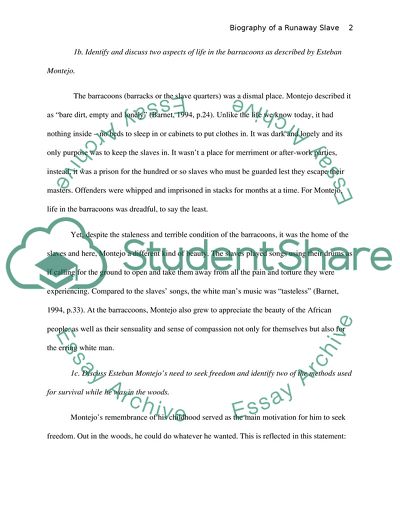Cite this document
(“Analysis of Biography of a Runaway Slave by M. Barnet Assignment”, n.d.)
Analysis of Biography of a Runaway Slave by M. Barnet Assignment. Retrieved from https://studentshare.org/literature/1581185-analysis-of-biography-of-a-runaway-slave-by-m-barnet
Analysis of Biography of a Runaway Slave by M. Barnet Assignment. Retrieved from https://studentshare.org/literature/1581185-analysis-of-biography-of-a-runaway-slave-by-m-barnet
(Analysis of Biography of a Runaway Slave by M. Barnet Assignment)
Analysis of Biography of a Runaway Slave by M. Barnet Assignment. https://studentshare.org/literature/1581185-analysis-of-biography-of-a-runaway-slave-by-m-barnet.
Analysis of Biography of a Runaway Slave by M. Barnet Assignment. https://studentshare.org/literature/1581185-analysis-of-biography-of-a-runaway-slave-by-m-barnet.
“Analysis of Biography of a Runaway Slave by M. Barnet Assignment”, n.d. https://studentshare.org/literature/1581185-analysis-of-biography-of-a-runaway-slave-by-m-barnet.


